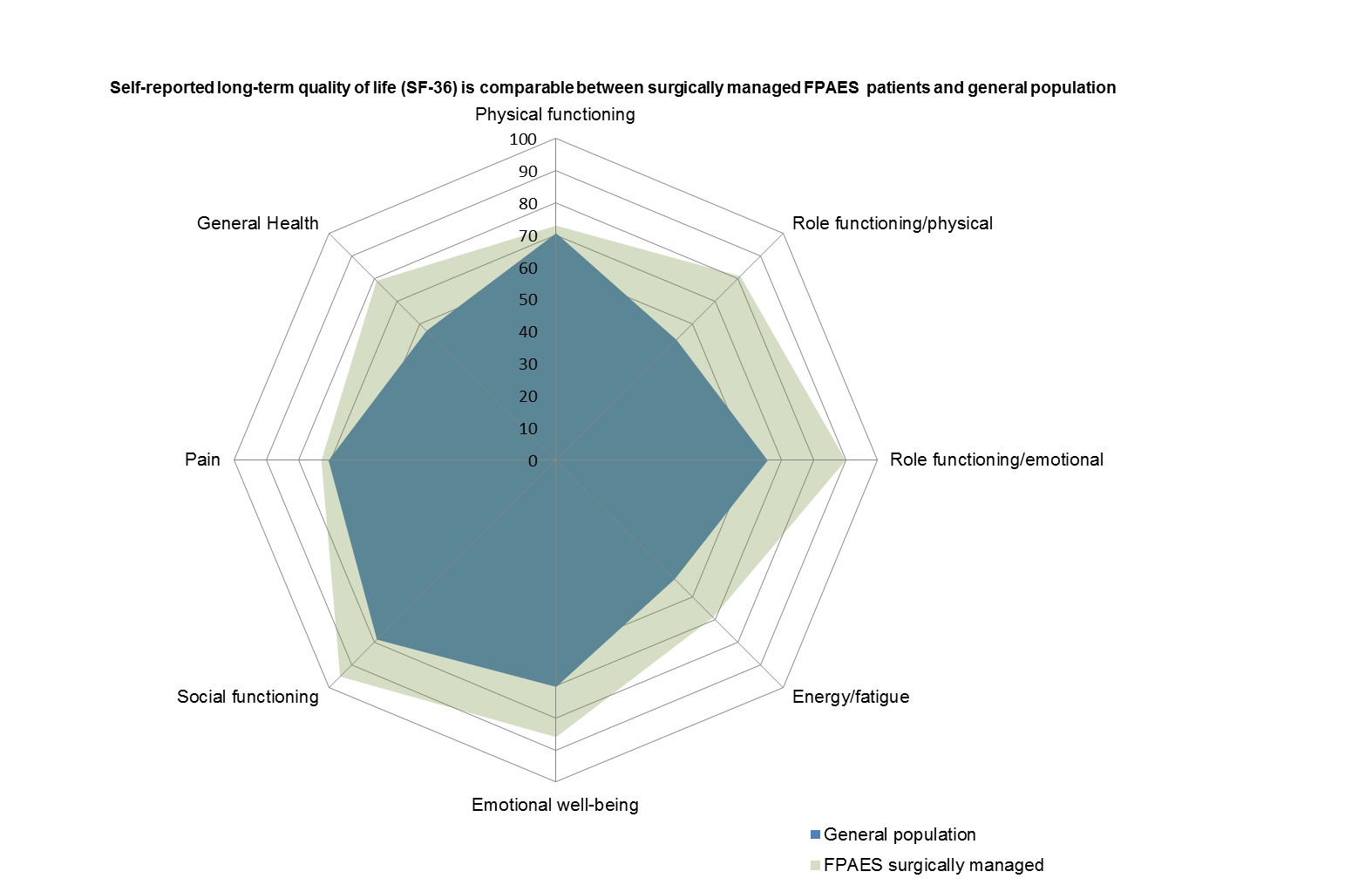Patient-reported Outcomes Of Surgical Management Of Functional Popliteal Artery Entrapment Syndrome
Parvathi W. Balachandran, MD PhD, Jill J. Colglazier, MD, Keouna Pather, MD, Mohammad Khasawneh, MD, Thomas C. Bower, MD, Randall R. DeMartino, MD MS.
Mayo Clinic, Rochester, MN, USA.
Objective: Functional Popliteal Artery Entrapment Syndrome (FPAES) results in claudication without anidentifiable popliteal fossa anatomic abnormality. The aim of this study was to evaluate patient-reported outcomes of surgical management of FPAES.Methods: Data from consecutive patients undergoing FPAE release with myectomy and/or myotomy of gastrocnemius, soleus, popliteus and plantaris from 2001 to 2019 were retrospectively reviewed. Demographics, anatomic data, operative details, symptom recurrence, reintervention, and patient-reported outcomes through surveys were analyzed.Results: Among 57 patients, 70% were female (N=40)and 67% undertook vigorous physical activity before symptom onset. Symptoms occurred at a median age of 19 years (IQR 16-25) and were diagnosed at 23 years (IQR 18-31). Symptoms were bilateral in 47, or only right (4) or left (7). MRI (52%) or angiogram (48%) demonstrated dynamic partial (41%) or complete (59%) occlusion of popliteal artery (76%), vein (2%) or both (22%). A total of 102 extremities were treated with 91 primary and 22 re-interventions by medial (42%) or posterior (58%) approach. There was one intraoperative nerve injury and 5 postoperative complications (2 hematoma, 1 DVT, 2 wound dehiscence). Median clinical follow-up was 20 months (range 0-196 months). Threepatients were lost to follow-up. Among patients with recent clinical follow-up in the past year, 90% (N=18/20) reported complete symptom relief. Two patients reported no symptom relief even after re-intervention. Of the remaining 32 patients without any follow-up in the last year, 84% (N=27) reported symptom relief at some point during follow-up. SF36 Quality of Life (QoL) surveys were sent to the 37 patients either lost to follow up or without follow upwithin the past year. Of the 16 responders, 81% (N=13)returned to pre-symptom activity (including 2 needing re-intervention). Three patients reported activity limitationeven after re-intervention. Patients reported good long-term QoL in all 8 scales comparable to general population (Figure). Outcomes did not differ by surgical approach chosen.Conclusions: Surgical decompression serves as the mainstay of treatment for FPAES with excellent symptoms relief in well selected patients. This allows a return to pre-symptom activity and is associated with excellent quality of life scores. 
Back to 2021 Abstracts
